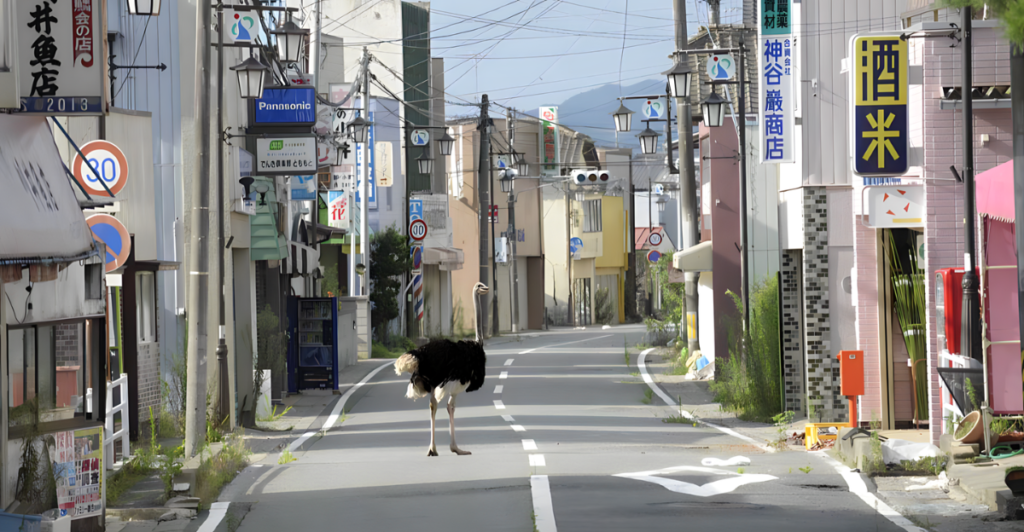
Imagine if humans vanished overnight—what would Earth look like after a year? Some changes might be surprisingly positive, while others could spell disaster. Let’s explore 13 ways our planet would transform in just 12 months without us.
1. Clearer Skies and Fresher Air
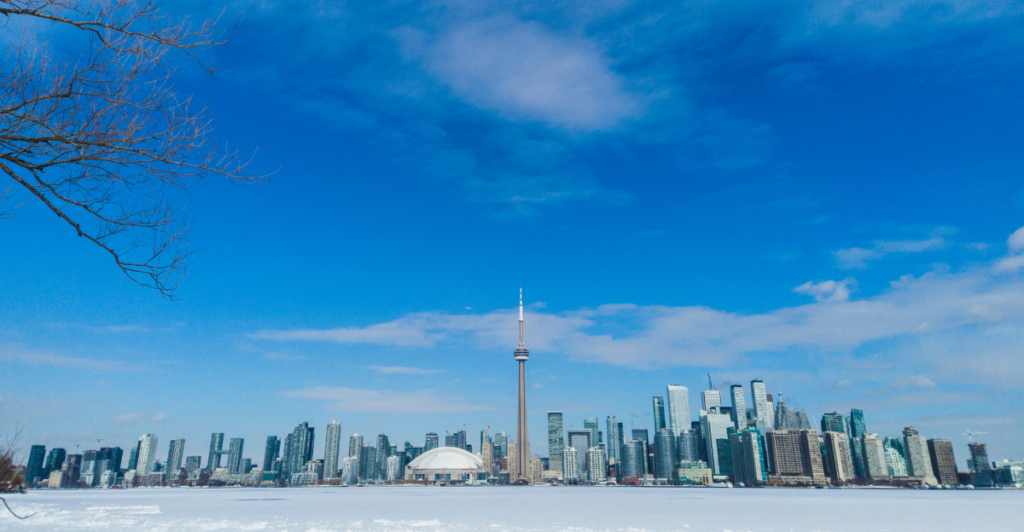
Without factories, cars, and planes spewing pollutants, the atmosphere would begin to cleanse itself. Rain and wind would help clear smog, leading to bluer skies and cleaner air. It’s amazing how quickly nature can start to heal when we step aside.
2. Wildlife Roaming Free in Urban Areas
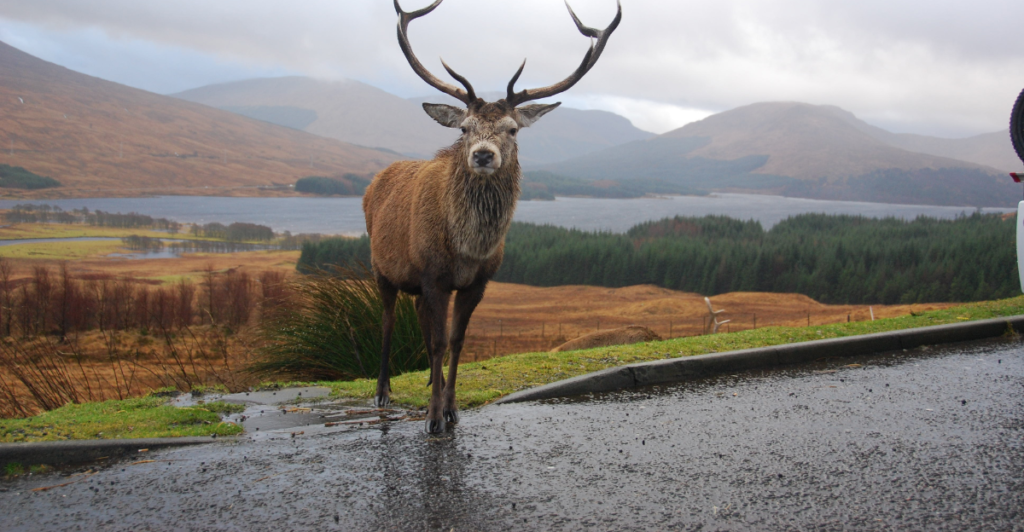
With cities devoid of people, animals would venture into urban landscapes. Deer, coyotes, and even bears might be spotted wandering downtown streets, reclaiming spaces once dominated by humans. Our absence would embolden wildlife to explore new territories.
3. Vegetation Overrunning Infrastructure
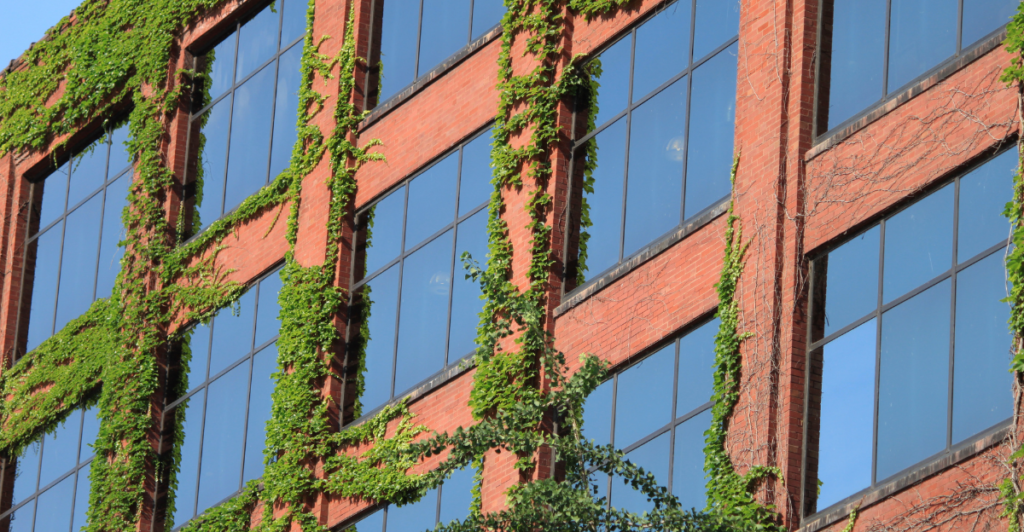
Without regular maintenance, plants would begin to overtake our structures. Vines creeping up buildings, roots cracking pavements, nature would slowly but surely reclaim urban areas, turning them into verdant landscapes.
4. Power Plants Shutting Down
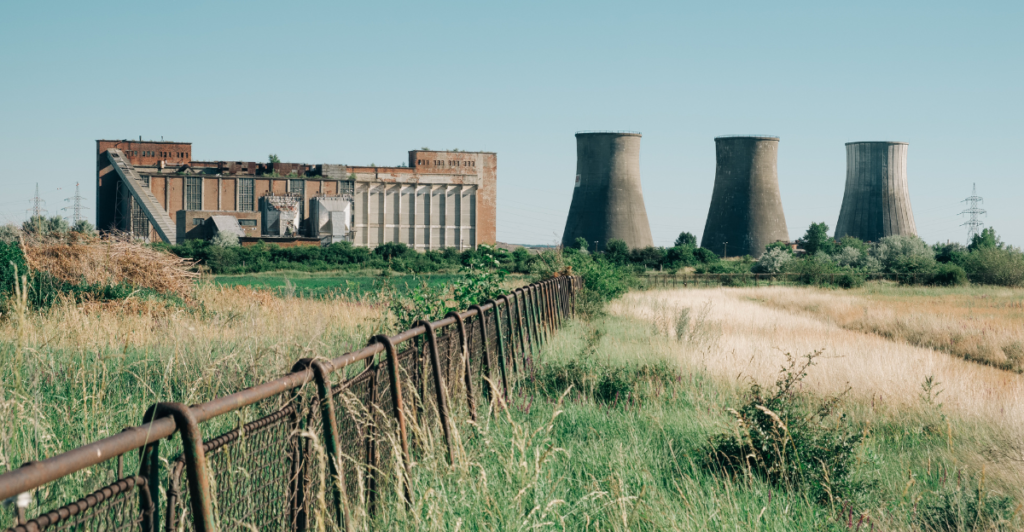
Most power plants require human oversight. Without it, they’d fail, leading to widespread blackouts. Nuclear plants could overheat, potentially causing meltdowns and releasing radiation, which would have catastrophic environmental consequences.
5. Fires Ravaging Unattended Cities
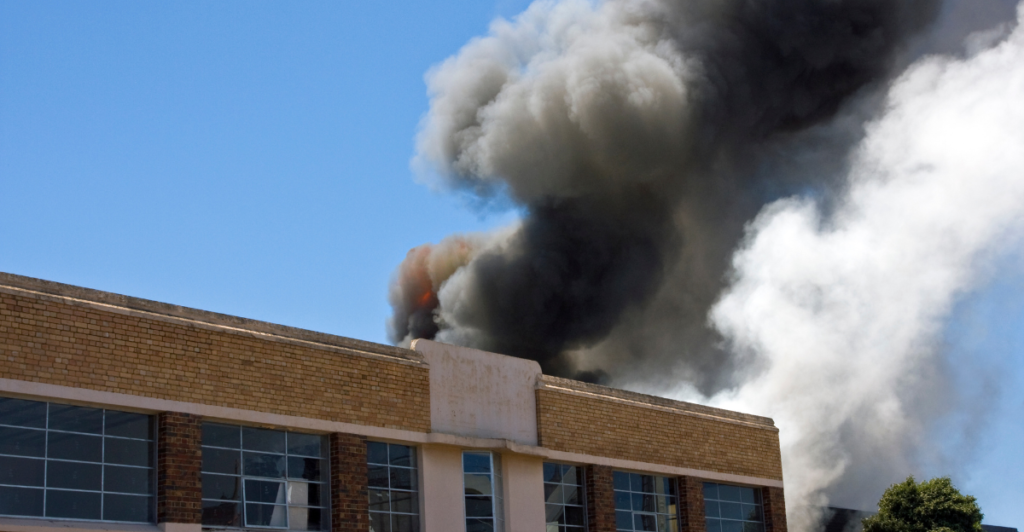
Without humans to manage electrical faults or contain small blazes, fires could spread unchecked. Entire neighborhoods might burn, with no one to extinguish the flames, leading to significant destruction.
6. Nature Takes Over, but Not Always Gracefully
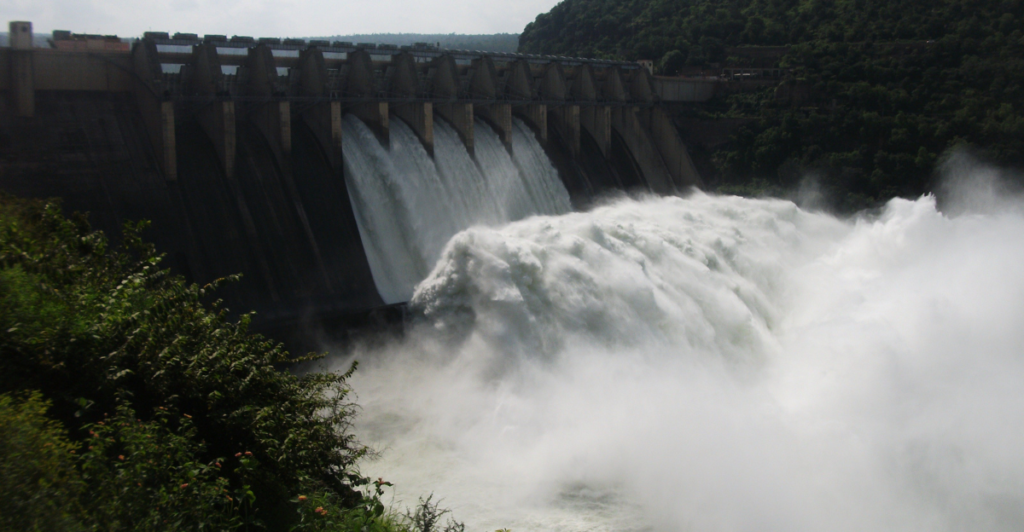
Without humans keeping an eye on them, dams and reservoirs would start falling apart fast. Cracks would form, structures would collapse, and rivers would try to reclaim their natural paths, but not without chaos. Some places would be flooded beyond recognition, while others, once irrigated by human engineering, would dry up completely. It’s a stark reminder that, while nature always finds a way, the transition wouldn’t be smooth.
7. Chemical Time Bombs
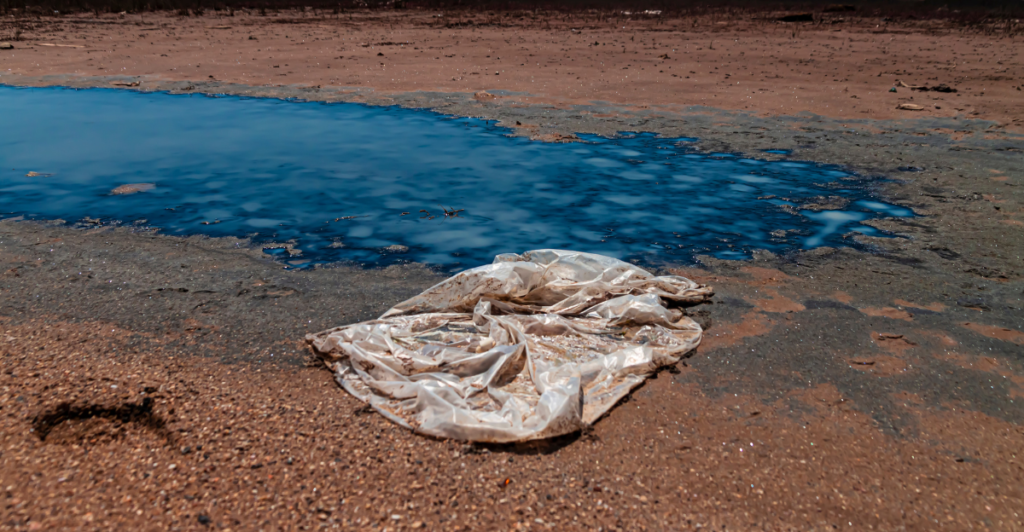
Think about all the factories, refineries, and storage facilities filled with hazardous chemicals. Without human oversight, leaks would start, safety systems would fail, and fires or explosions could happen without warning. Toxic waste would seep into rivers and soil, making entire areas uninhabitable for wildlife. Some places could recover naturally, but others? They’d be poisoned for generations.
8. Buildings and Roads? Say Hello to Ruins
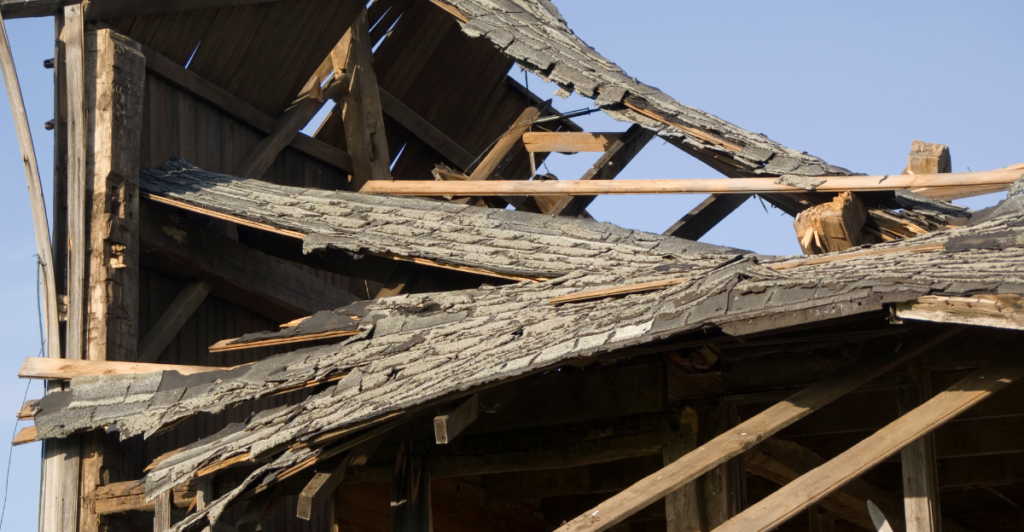
Without maintenance, cities wouldn’t last long. Roofs would cave in, bridges would weaken, and roads would crack and split apart. Over time, entire neighborhoods would collapse under their own weight, swallowed up by trees, vines, and crumbling concrete. Within a year, plants would start creeping through asphalt, and wildlife would turn abandoned buildings into luxury real estate.
9. Farmlands Turn Wild Again
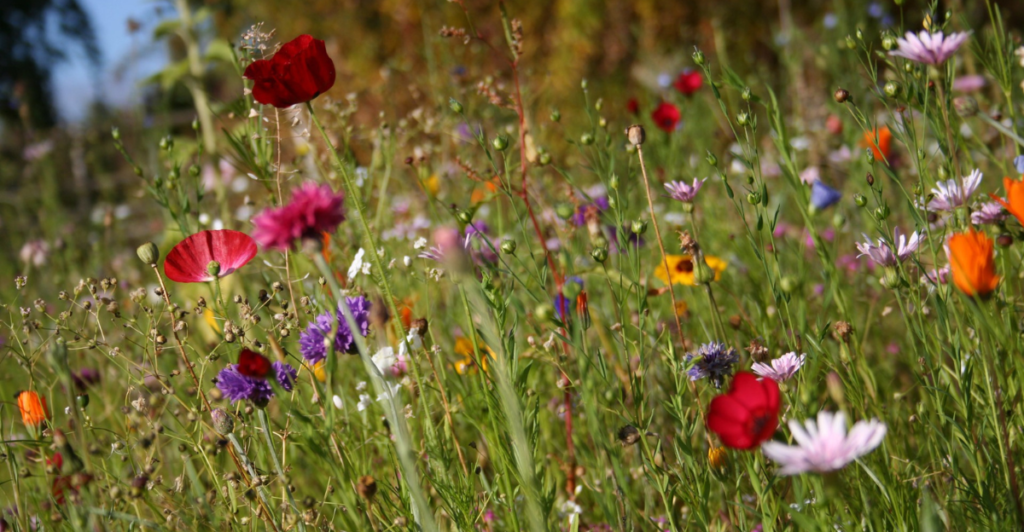
With no one to plant crops or mow fields, farmlands would start looking more like nature intended. Grasses would grow tall, wildflowers would bloom, and trees would creep in. Forests would start taking over old pastures, and native species, long pushed out by human activity, would return. It would be beautifully chaotic, like watching nature press the reset button.
10. Survival of the Fittest for Pets and Livestock
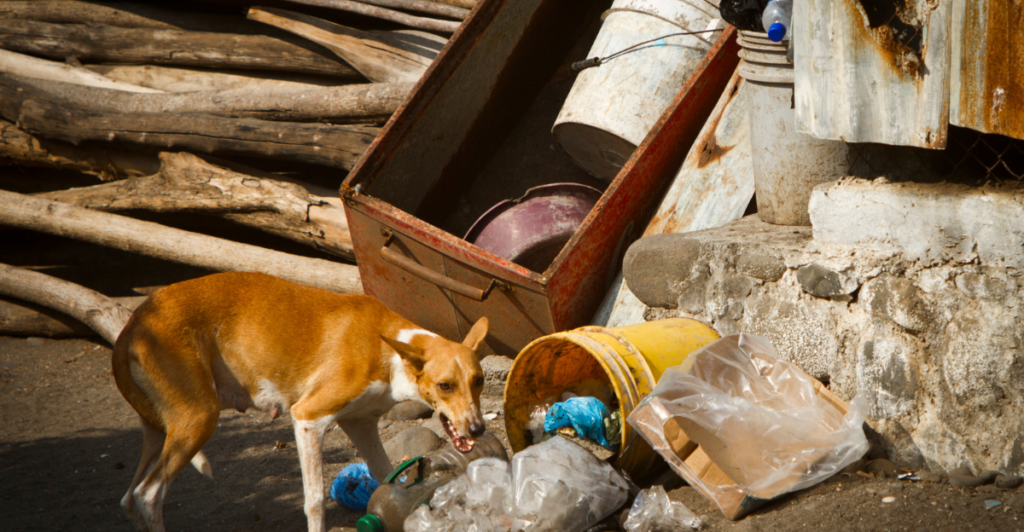
Not all animals would adapt well to a human-free world. House cats? They’d probably thrive. Dogs, on the other hand, would have a tougher time, with some forming packs to survive. Farm animals like cows, chickens, and sheep, bred for human care, would be in serious trouble. Some might adapt, but many wouldn’t make it without humans filling their food bowls. It’d be a tough reality check for domesticated animals.
11. Climate Change Hits Pause (But Not a Full Stop)
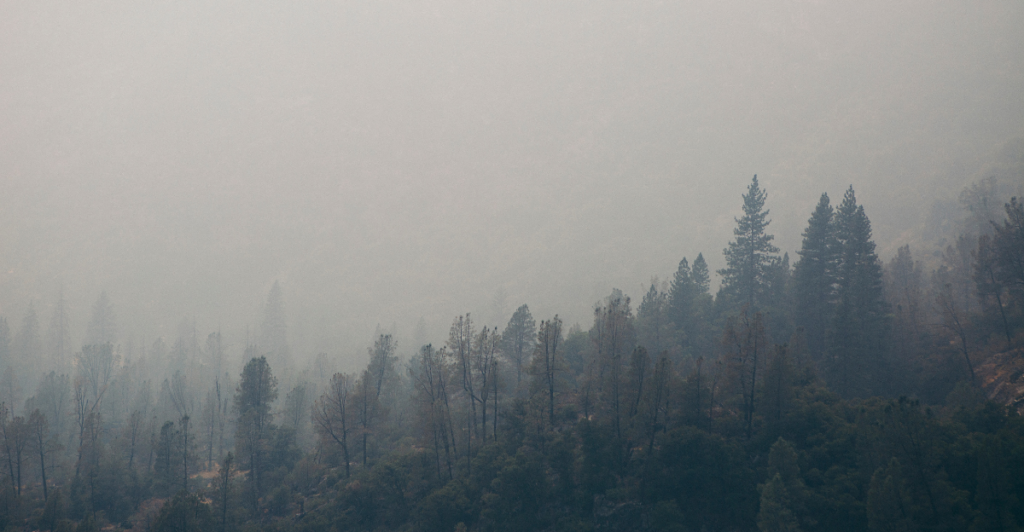
With factories shut down, planes grounded, and cars off the road, pollution levels would drop fast. Skies would clear up, and nature would take a much-needed breath. But here’s the catch, carbon dioxide sticks around for a while, so it wouldn’t fix climate change overnight. Temperatures might slowly stabilize, but it would take decades before we saw a major shift.
12. The Ocean’s Grand Comeback
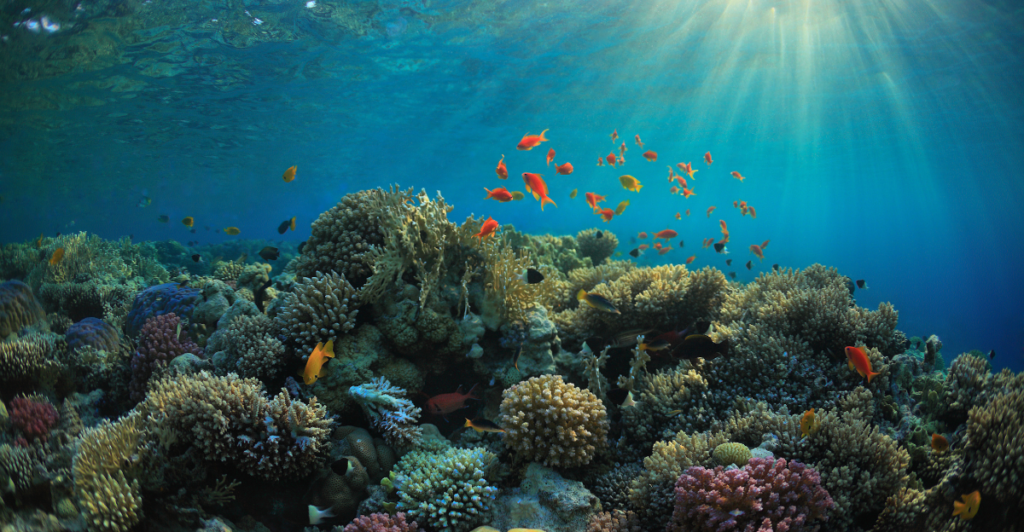
With no more overfishing, no oil spills, and no plastic dumping, the ocean would finally get a break. Fish populations would explode, coral reefs could start recovering, and marine life would flourish without human interference. In just a year, the seas would look healthier, clearer, and more alive than they have in centuries.
13. The Slow Disappearance of Human History
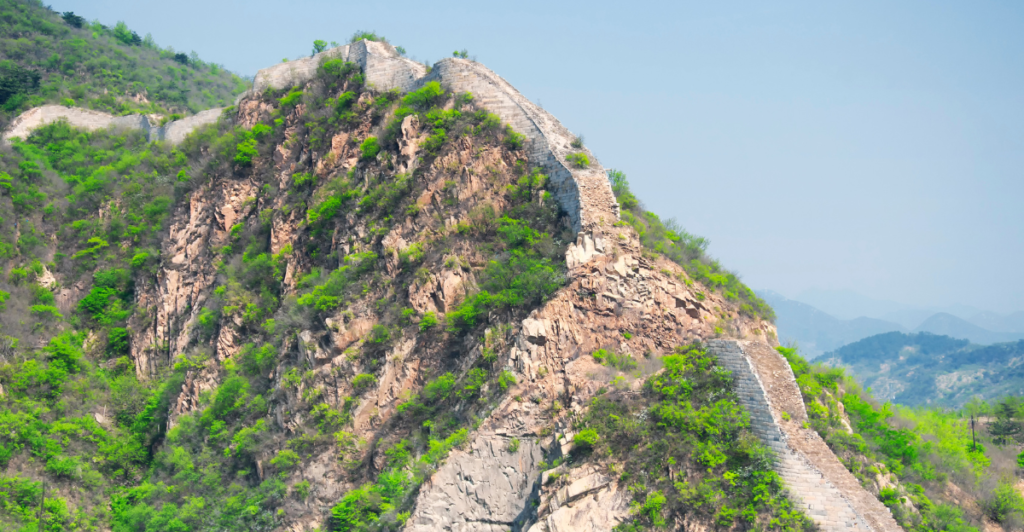
Without anyone around to maintain monuments, museums, and landmarks, nature would slowly erase our past. The Eiffel Tower would rust, the Great Wall would crumble, and paintings in abandoned museums would be overtaken by mold. Over time, plants, animals, and the elements would reclaim everything we ever built, leaving behind only faint traces of human civilization.
Discover more of our trending stories and follow us to keep them appearing in your feed

California Is Breaking Apart: A Fault Line Is Forming Faster Than Anyone Predicted
Climate Change Overestimated? New Data Shows Oceans Are Cooling The Planet Faster Than Predicted
Wolves Still Roam In These States in 2024—Is Yours On The List?
After 800 Years of Silence, This American Volcano Shows Signs of Activity
References:
Reference 1
Reference 2
Reference 3
This article first appeared here
Stay connected with us for more stories like this! Follow us to get the latest updates or hit the Follow button at the top of this article, and let us know what you think by leaving your feedback below. We’d love to hear from you!







